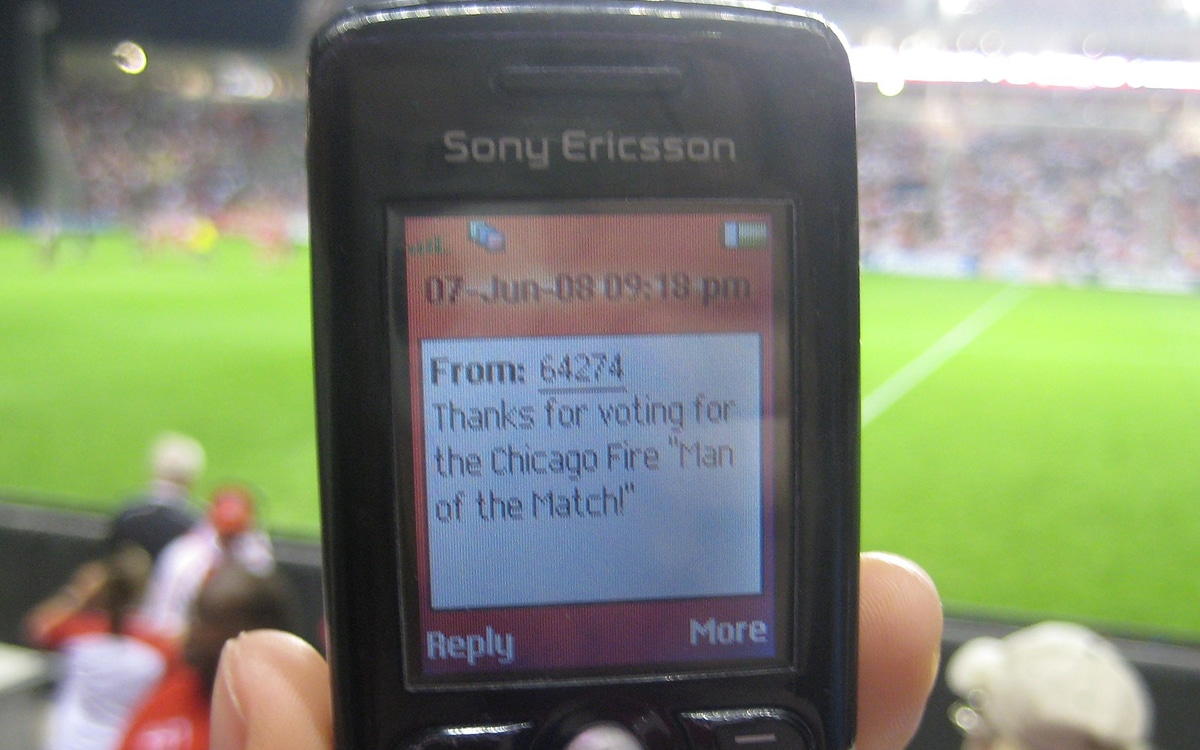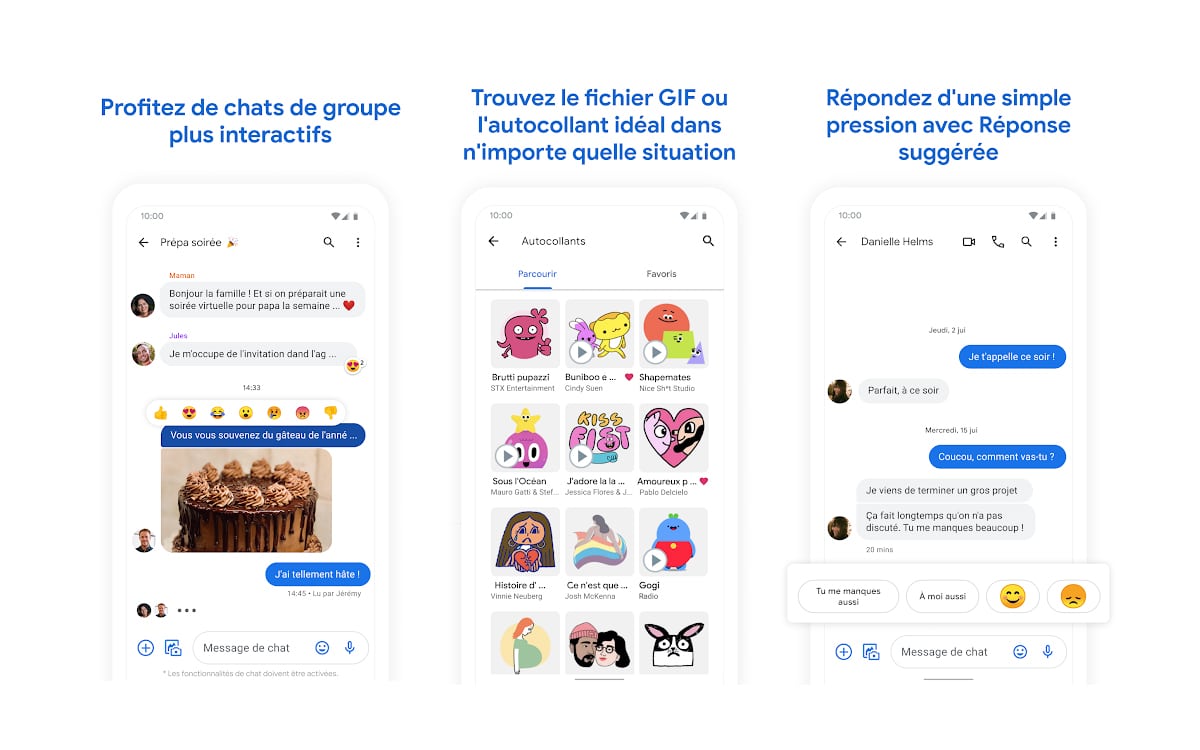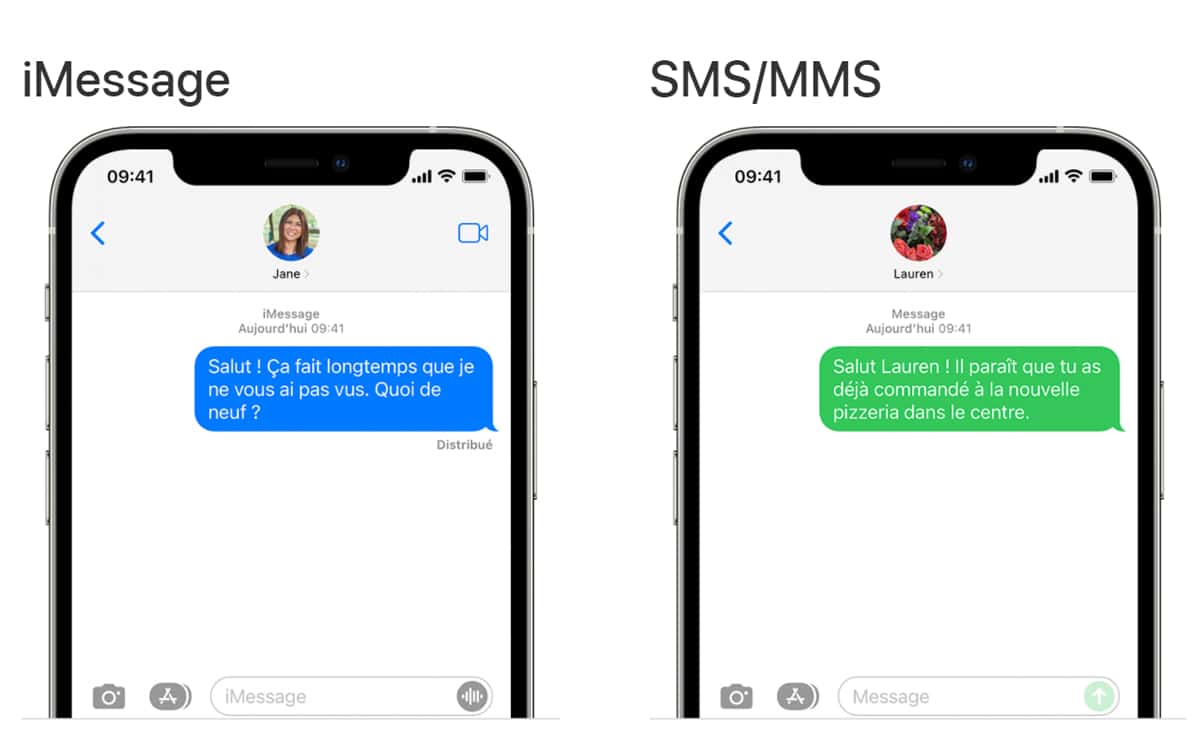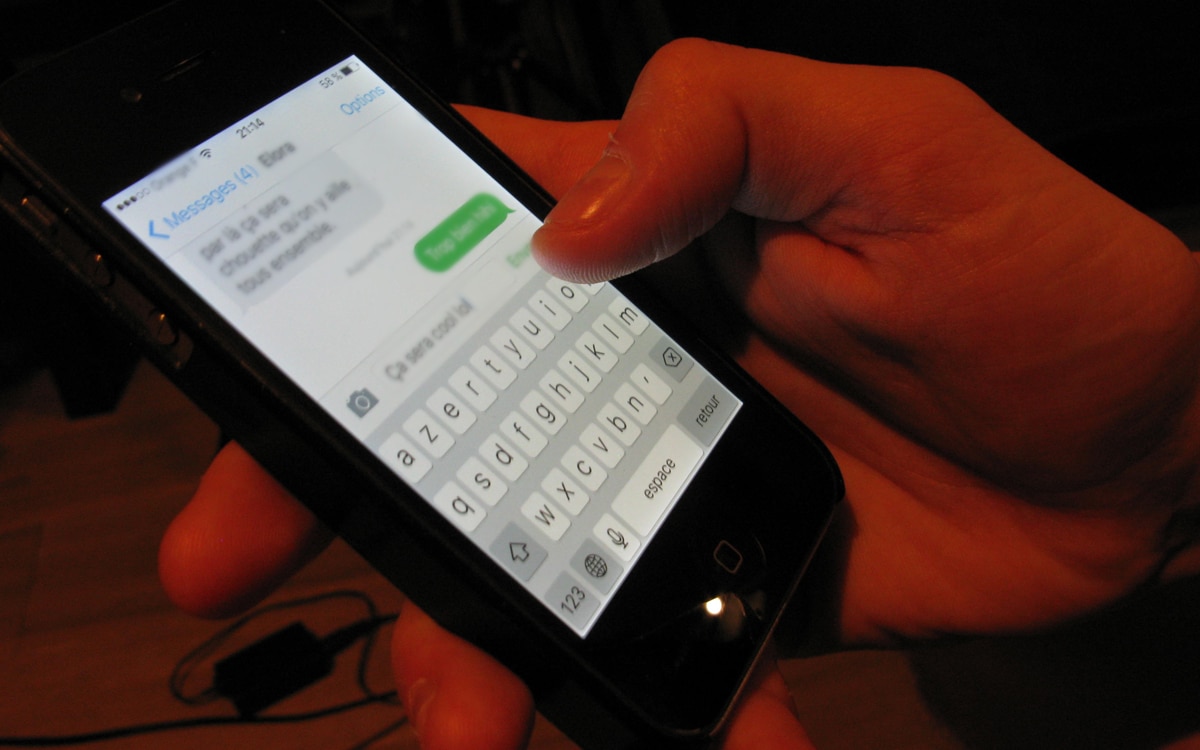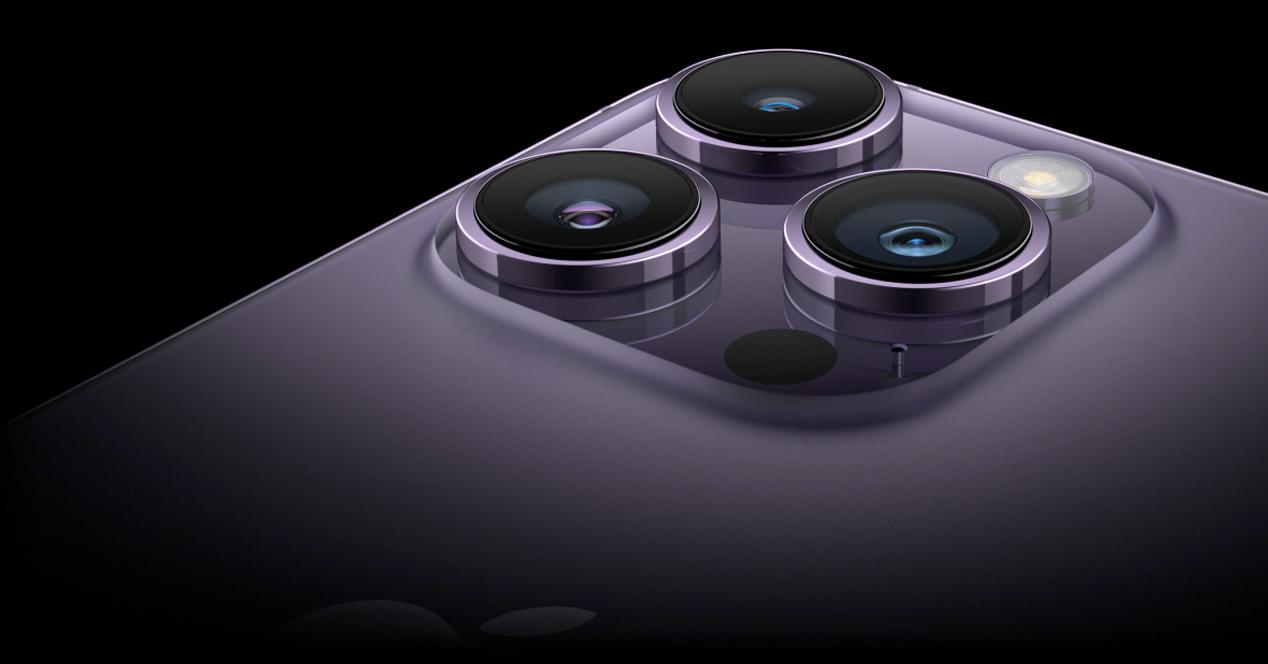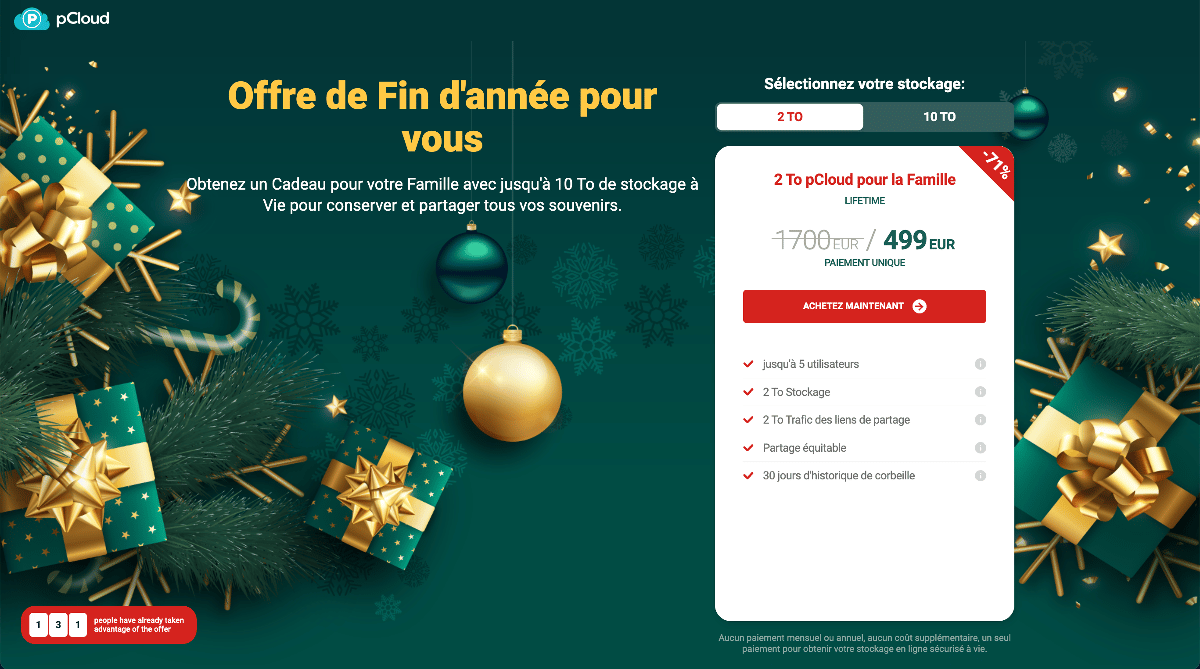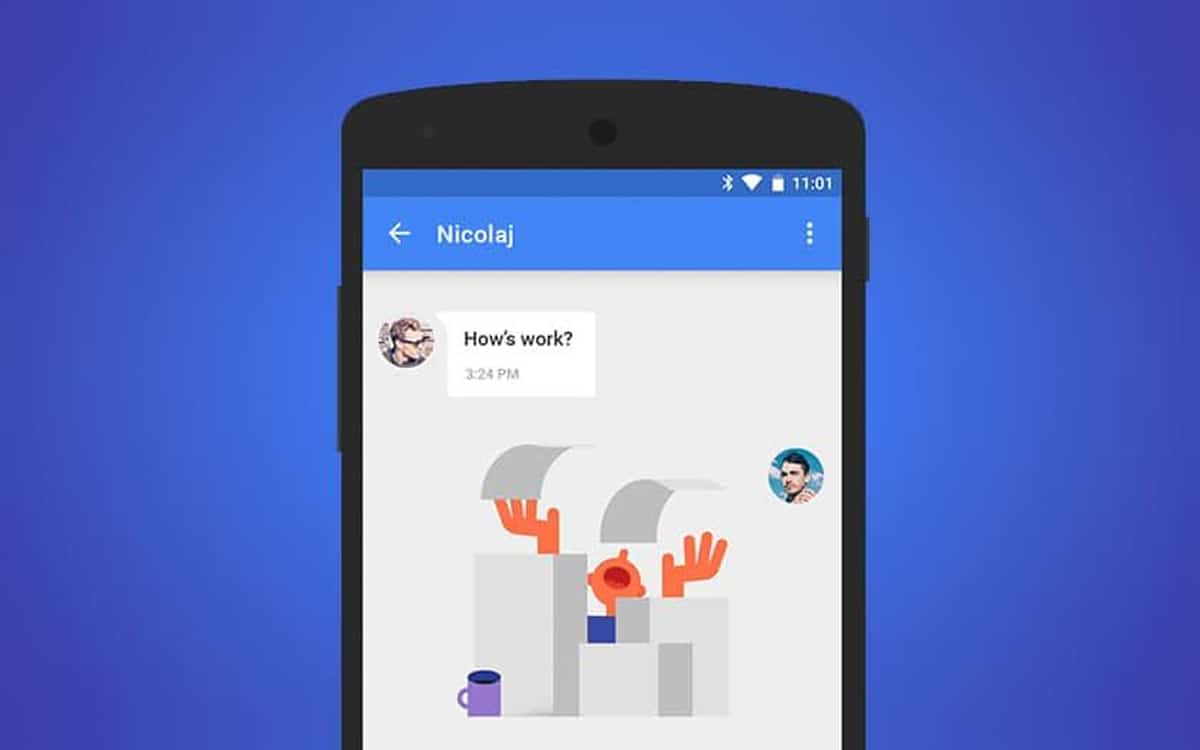
RCS, SMS and iMessage are still popular despite the exceptional growth of instant messaging applications. But we do not always know what these means of communication really correspond to, it is time to see more clearly.
Instant messaging applications like WhatsApp, Messenger, Signal, Telegram or Viber tend to replace our good old texts, but they are resisting. Available natively on any phone as soon as an active SIM card is inserted, these types of messages are still popular with many users, who see no point in abandoning them in favor of new technologies available. . It must be said that texting has also had the right to new features to make them competitive and improve the experience offered.
There are three main families of text message standards. SMS history, of course, the RCS which is taking over on Android, and iMessage, Apple’s alternative. But what are the differences between these three protocols, the purpose of which is to send and receive messages? Here’s what to remember.
SMS: old and outdated, but still useful
SMS, or Short Message Service, was created in the 1990s, at a time when people were still talking about GSM and when the smartphone was still nothing but utopia. The main advantage of SMS is its universality: it is available on all mobile operating systems (Android, iOS, KaiOS and others which have since disappeared) and all hardware. It therefore allows two completely different phones to communicate with each other without fear of a compatibility problem. All you need is the contact’s phone number to make sure you can talk to them.
An SMS is limited to only 160 characters, spaces included. Today, it is possible to type longer messages that appear as one in the UI, but technically it is the merging of several SMS into one. MMS (for Multimedia Messaging Service) allow multimedia files such as photos or videos to be attached to a text message, but are still very limited in terms of possibilities.
One of the disadvantages of SMS is also its lack of security. The data exchanged in this way is not encrypted, and operators can have access to their customers’ communications.
In France, the majority of mobile plans include unlimited SMS. This is why we have remained much more faithful to this communication protocol in France than in other countries, where users have massively migrated to internet-based messaging applications to limit the costs of their exchanges.
RCS: rich SMS on Android
The RCS is the acronym of Rich Communication Suite which, as its name suggests, brings enriched functionality to our conversations. Google is one of the main market players pushing for the adoption of this protocol. Its objective is to gain market share for its Messages application, native to Android, which supports RCS and which faces competition from WhatsApp and others.
While SMS works through the cellular network, RCS relies on the data network, such as instant messaging applications. The RCS introduces options that cannot be taken advantage of with SMS and which gave a significant competitive advantage to the competition, such as the possibility of knowing if and at what precise time a message sent has been read or if the correspondent is writing a message. RCS also greatly facilitates group conversations, another flaw of simple texting.
But it is above all in terms of content sharing that RCS brings a real plus compared to SMS. This format makes it possible to send and receive photos and videos of much better quality, the MMS applying a very strong compression to be able to forward the images. The RCS also brings the possibility of using GIFs, emojis, reactions, stickers… So many features which have long been adopted by messaging applications, but which SMS deprived us of.
iMessage: Apple’s in-house solution for iPhones
Available on iPhone, iPad and even Mac, iMessage is the flagship communication service of Apple’s ecosystem, launched in 2011, a few years after the first iPhone. It has become so iconic that some users explain that it is impossible for them to switch from iOS to Android because they cannot imagine sending messages that are not integrated into a blue bubble, the trademark of iMessage.
The application is popular because it is very easy to use and does not require any configuration. When a message, a photo, a video or any other content is sent to another Apple device, it goes through iMessage, and therefore over the Internet via a WiFi or mobile data network. In this way, exchanges are encrypted. If the message is sent to a device that is not part of the Apple environment or that does not use iMessage, then an SMS or MMS is sent, which is not encrypted. The user knows right away whether a conversation is going through iMessage or SMS, because in the latter case, the text bubbles turn green and not blue.
Years before the RCS, iMessage already offered functions of read receipt, indication to write in progress of a message, reply to a specific message, reaction to a message, sharing of visual content in higher quality. , sending GIFs, stickers and other effects …
RCS vs iMessage: and the winner is … SMS
After years of struggling to impose the RCS, Google is slowly succeeding in imposing this new protocol. However, it was not an easy task, the American giant having to negotiate and work with all operators in the world to activate this technology on the various mobile networks. Then, the terminals themselves had to be RCS compatible, requiring an effort from the mobile manufacturers. Here again, Google had to get closer to brands to achieve its ends, even forcing some manufacturers to ditch their home messaging app in favor of Android Messages by contract to retain the benefits of the license to operate Google services.
For its part, iMessage is one of Apple’s strongest arguments for its iPhones and users have become accustomed to using this platform. But if it is very relevant when all the contacts in a conversation are using iMessage, it is much less so otherwise. Which Android user has not received messages with incomprehensible text and symbols from an iPhone, because some emojis and effects (like reactions) are only supported by iMessage?
From this situation arises a problem: how do the owners of an Android smartphone communicate with the owners of an iPhone if the two ecosystems use different protocols without intercompatibility? Well, by SMS, since all Android and iOS devices support this format, which therefore still has a bright future ahead of it if no compromise is found between Google and Apple.
The Cupertino company has already made it known that iMessage will never be available on Android. The idea has been raised, but the Apple brand believes that iMessage is too important to sell iPhones and attract users to its ecosystem, and that offering it in other media would only weaken the environment. that he created.
The Mountain View firm does not give up on the other hand the hope of seeing its rival adopt RCS to improve the compatibility of different messaging systems. Google wants to convince Apple to join the RCS by citing the security concerns of the SMS currently used to exchange between an Android smartphone and an iPhone, with discussions that are not protected by end-to-end encryption. Google has even offered to help Apple with such a deployment, but it seems unlikely that any changes will take place in the near future. In the meantime, we will have to rely on good old SMS or third-party instant messaging applications so that Android and iPhone smartphones can operate with each other.
